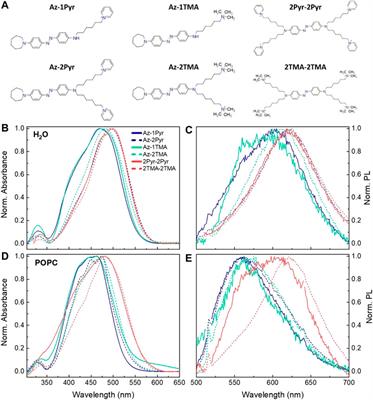EDITORIAL
Published on 29 Jul 2021
Editorial: Photochromic Materials: Design and Applications
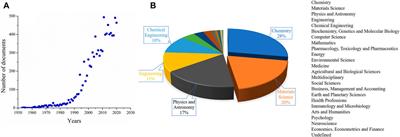
doi 10.3389/fmats.2021.720172
- 5,430 views
- 10 citations
4,311
Total downloads
23k
Total views and downloads
EDITORIAL
Published on 29 Jul 2021

ORIGINAL RESEARCH
Published on 13 May 2021
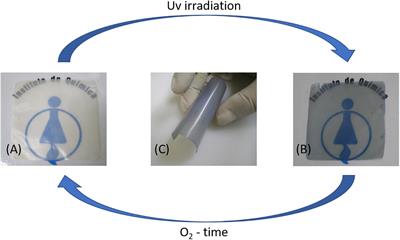
ORIGINAL RESEARCH
Published on 15 Feb 2021
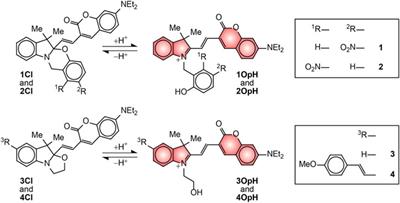
ORIGINAL RESEARCH
Published on 22 Jan 2021
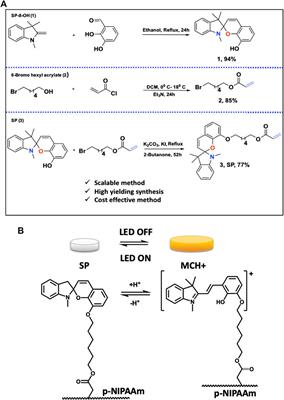
ORIGINAL RESEARCH
Published on 21 Jan 2021
